
CARTE BLANCHE
Philippe-Alain Michaud – Centre Pompidou
A selection of rare archival films chosen by the director of the department of Experimental Cinema of the Paris museum.
Digital screenings.
Carte blanche #1 – Cornell et all(ievi)
may 6
16:00
Cinema Intrastevere
movie theatre 2
Carte blanche #2 – American Distopies
may 7
17:30
Cinema Intrastevere
movie theatre 2
Introduced by the curator
These two sessions explore two different – and even contradictory – methods of found footage. The first is dedicated to Joseph Cornell (1903-1972) whose cinematography consisted entirely of already shot film (he never shot an image) that makes it the cinematographic equivalent of the “boxes” that mostly made him famous. His films appear, in the surrealist movement, as dreamlike stories that speak of the interiority of the subject rather than of the external reality fixed on the celluloid: this is only the material of the film work, just as the images of the day are the material of the dream work.
Raphaël Montanez Ortiz and Graig Baldwin, on the other hand, make a political use of the found film, destroying or diverting it: Montanez Ortiz by bringing the fiction of western films back to the reality of the genocide of Native Americans; Greg Baldwin by building a fiction based on the story of the establishment, after World War II, of extreme right-wing dictatorships throughout Latin America, supported by the CIA in order to block communism.
Dream stories and political parables that appear in the mirror as two inverted ways to reuse images: both to un-realize the world and to describe it.
Philippe Alain-Michaud, 2023
Cornell et all(ievi)
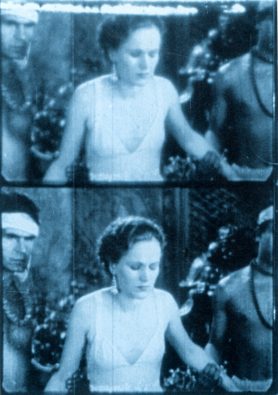
Rose Hobart
Joseph Cornell / USA / 1937 / 17′ / English / orig. 16mm
Rose Hobart, defined by Joseph Cornell «a moving tapestry» is a film-collage created from images taken from a copy of East of BorneoGeorge Melford’s 1931 adventure film: the new editing focuses on the sequences in which the actress Rose Hobart, the protagonist, appears, transforming itself into a reflection on the construction of the Hollywood glamorous body.
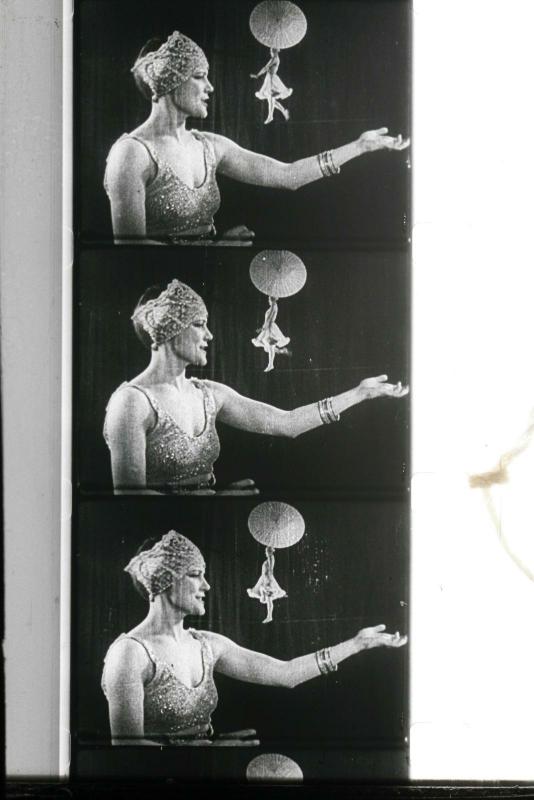
The Children’s Party
Joseph Cornell, Larry Jordan / USA / 1938-1968 / 10′ / Silent / orig. 16mm

Cotillion
Joseph Cornell, Larry Jordan / USA / 1938-1968 / 9′ / Silent / orig. 16mm
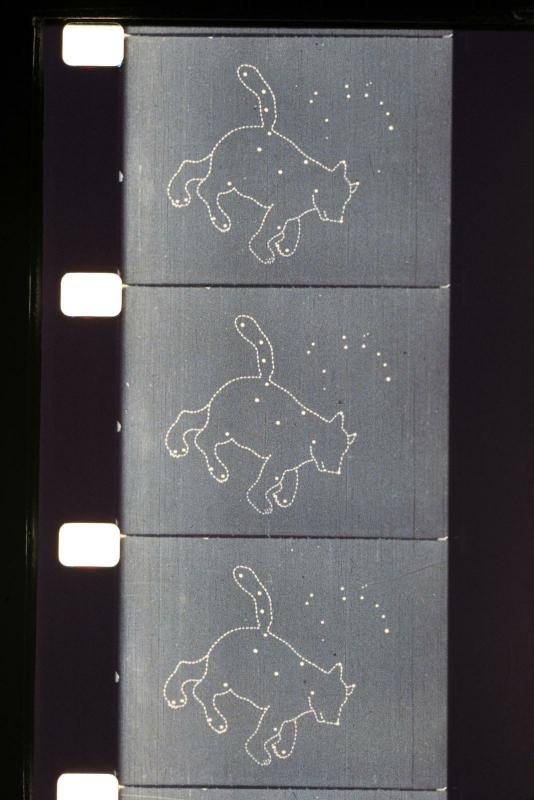
The Midnight Party
Joseph Cornell, Larry Jordan / USA / 1938-1968 / 4′ / Silent / orig. 16mm
Film-collage in the form of a triptych begun in 1930 by Joseph Cornell and finished by Larry Jordan in San Francisco in 1968, following Cornell’s instructions.
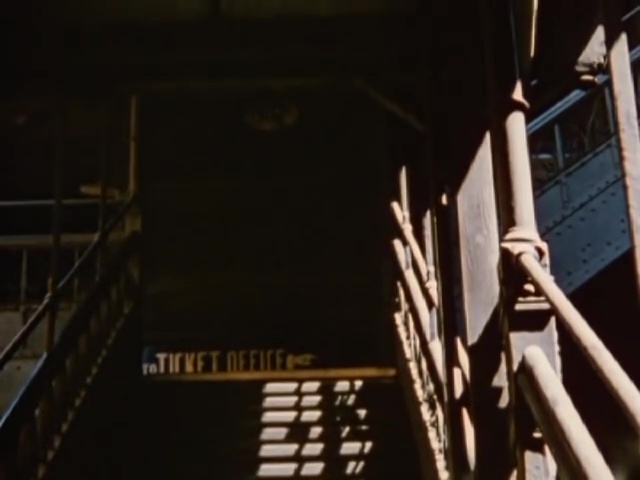
The Wonder Ring
Stan Brakhage / USA / 1955 / 5′ 30” / Silent / orig. 16mm
Commissioned by Joseph Cornell, Wonder Ring was shot by Stan Brakhage in the summer of 1955, inspired by the Third Avenue subway in New York before it was dismantled.

Gnir Rednow
Joseph Cornell / USA / 1955 / 5′ / Silent / orig. 16mm
Cornell, dissatisfied by the images shot by Brakhage and his editing, made a new film estarting from the scraps, which he entitled Gnir Rednow, an anagram of the original title which, for a long time, led to believe that Cornell’s work was a reverse version of Brakhage’s.
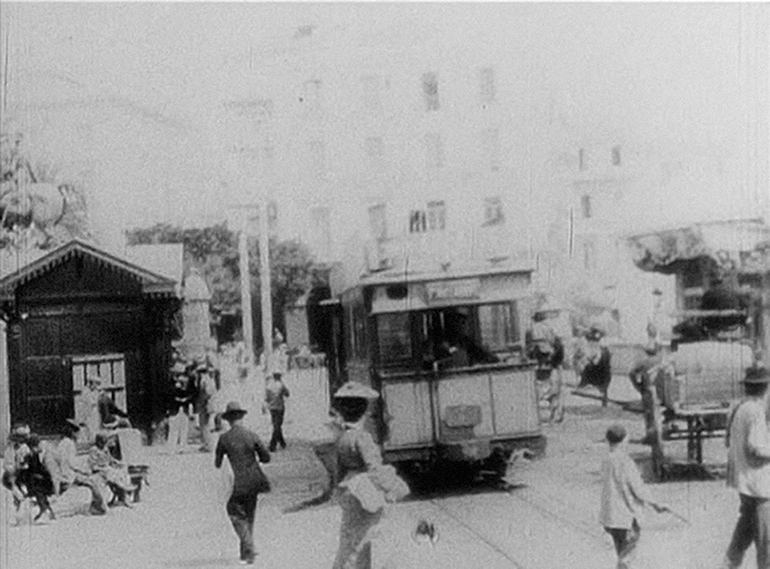
Opening the nineteenth Century : 1896
Ken Jacobs / USA / 1990 / 10′ / English / orig. 16mm
Ken Jacobs, Joseph Cornell’s assistant in his early filmmaking career, provided, for Opening the Nineteenth Century, the following projection instructions:
«(1890s Lumière/1990 Ken Jacobs)
3-D using the Pulfrich effect (Lens distributed to viewers/normal projection). he film is symmetrical, so that it can be projected from one direction to the other.
Cinematographers: Eugène Promio, Felix Mesguisch, Francis Doublier. The Cinémathèque française had the originals reassembled in 1896, and they probably represent the first examples of live recording from moving cameras. 3-D Instructions: A red ray that appears in the tunnel midway through the film will inform the viewer that they should pass the Pulfrich loupe located in front of their right eye over their left eye (keeping their eyes open). It is preferable to sit in the center: the backdrop pushes the vision further than the screen. Adjust the lens edges to maintain sharpness. The two sides of the lens can be equally facing the screen, in the same way they can be held in any direction because there is no “up” and “down”. Furthermore, placing the two lenses in front of the eye does not improve the effect in any way, while a lens in front of each eye only cancels it. Projection onto the screen: the bright light beam maintains its angle as it meets the surface of the screen and does not interrupt, giving light and volume, while images of Paris, Cairo or Venice of the past passes away».
American distopies
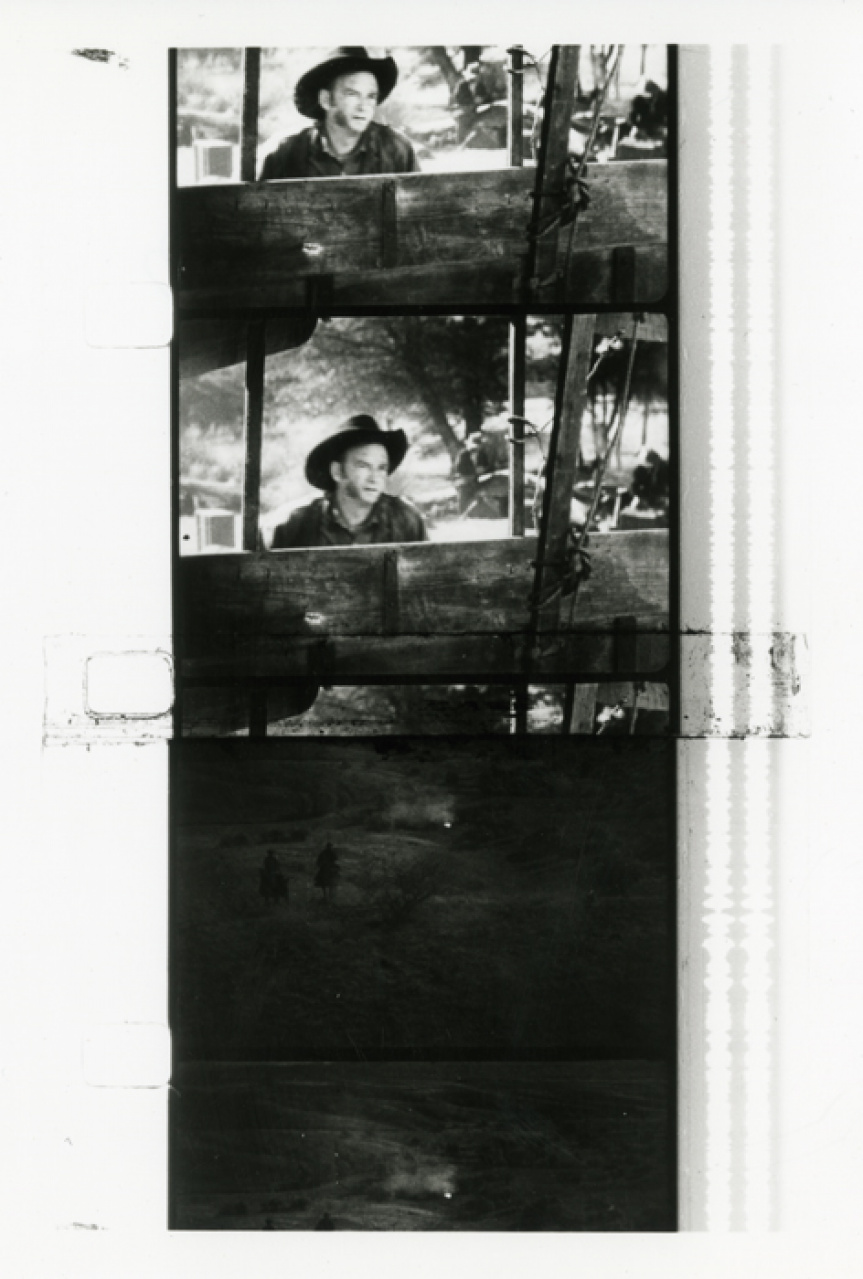
Cowboy Indian
Raphael Montanez Ortiz / USA / 1957-1958 / 5′ / Silent / orig. 16mm
Randomly fragments of Anthony Mann’s Winchester ’73 that the artist, a member of the deconstructionist movement and founder of the Bario museum in New York, cut with an ax and then ritually purified by shaking the pieces inside a ready-to-use crate aid by singing Yaqui healing songs.
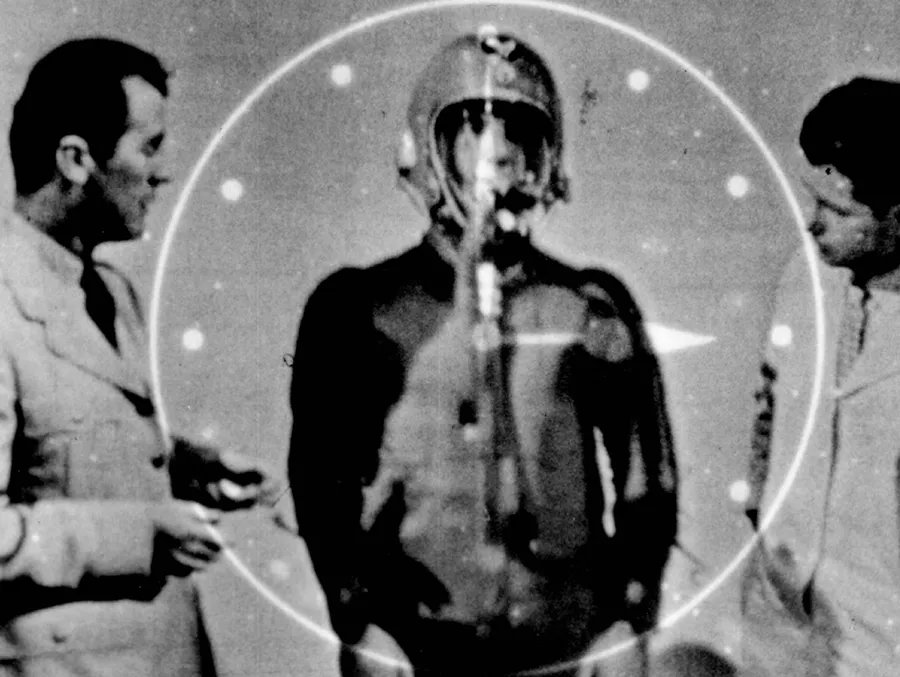
Tribulation 99: Alien Anomalies under America
Craig Baldwin / USA / 1990 / 50’ / English / French Subtitles / orig. 16mm
Craig Baldwin built his work on techniques of deflection that the Situationists were developing in Europe at the same time. In Tribulation 99, probably his most famous film, it depicts, in the form of a paroned pseudo-documentary, using B- and science-fiction film images, an alien invasion of Latin America, in which he constructs a parable about the CIA’s intervention (” The Condor Plan”) aimed at imposing dictatorships on all subcontinents and contrasting the communism.
Philippe-Alain Michaud
Curator at Musée National d’Art Moderne – Centre Pompidou, Area Menager of film archive. Techer of Story and theory of cinema at Université de Genève. Aurthor og Aby Warburg et l’image en mouvement (Macula, 1998), Le peuple des images (Desclée de Brouwer, 2004), Sur le Film (Macula, 2016), Anime primitive. Figure di celluloide, di peluche e di carta (Quodlibet, 2023). He wrote various articles on the reltionship between cinema and visual arts. He was a curator of varoious exhibition: Comme le rêve le dessin (Musée du Louvre/Centre Pompidou, 2004), Le mouvement des images (Centre Pompidou, 2006), Nuits électriques (Musée, de la photographie, Moscou et Laboral (Gijon, Spain) 2007, Tapis volants (Villa Medici, Rome et Les Abattoirs, Toulouse) 2010, Beat Generation (Centre Pompidou, 2016), L’œil extatique : Sergueï Eisenstein à la croisée des arts (Centre Pompidou-Metz, 2019), Le reste est ombre(Centre Pompidou, 2022).


